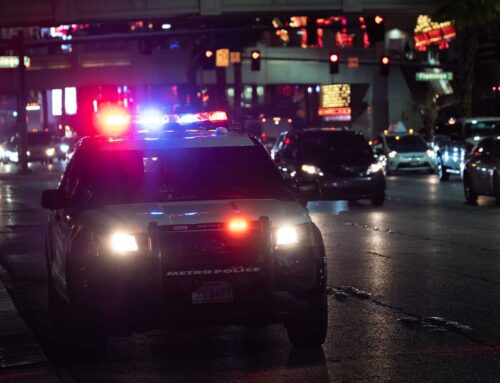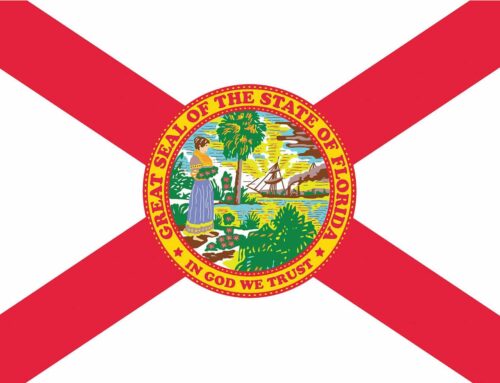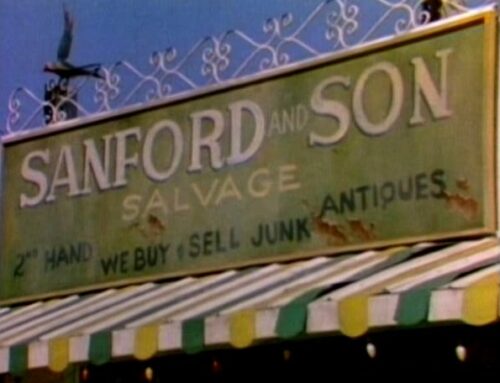The first thing to know about how to repair a flooded car is it’s often not worth it to repair a flooded car.
Insurance companies know this.
If you have comprehensive car insurance, and your car was flooded above the axles, chances are your car will be totaled out. The cost of repair would be more than many of these cars are worth.
And post-flood repairs are not reliable: The long-term corrosion and other consequences of water damage continue to cause long-term problems. The car may work now. But corrosion and rust will continue to eat away at the inside of your car and cause severe problems down the road: Especially if it was flooded in salt water.
So most insurance adjustors will verify the flood damage and then quickly total the vehicle, rather than spend a lot of time and effort trying to estimate and line up repairs.
So if you have comprehensive insurance, get everyone to safety, document the damage, and go ahead and file a claim.
If you don’t have comprehensive coverage, though, your insurance won’t cover water damage from floods or hurricanes.
If that’s the case, you might need to get some more use out of the car, just to get back and forth to work. I get it! Sometimes you don’t have much of a choice!
In that case, you’ve got your work cut out for you.
Most experienced, professional mechanics won’t even work on flooded cars. They understand that problems will keep coming up. They don’t want the liability, and they don’t want the customer complaints.
But if the flooding was in fresh water, not severe, and the car didn’t sit in the water for a long period of time, you might be able to get it drivable for a while.
Maybe.
But you need to be very aware of the safety issues and tradeoffs. And start working over time to save up for more car repairs. Better yet, work on your credit, and get ready to just buy a reliable replacement car as soon as you can.
Here are some safety and repair tips for recovering a flo0d-damaged car.
- Don’t try to start a submerged or flooded car. This could cause additional and severe damage to the engine.
- Limit the damage. Tow the car out of the water, if possible. When the weather dries out, open the doors, hood, and trunk. Let the car air out.
- Disconnect the battery.
- Document the damage with photographs and video.
- Use dry towels, and or a wet-dry vacuum to vacuum moisture off the floorboards, carpet, upholstery, etc. Act quickly, to minimize the opportunity for mold to cause additional damage to your car. Use fans.
- Check for water in the fuel. (You can use a siphon pump). Fuel and water don’t mix, so you’ll see clearly if there is water that has separated from the fuel. If water has contaminated the fuel system, drain it completely.
- Check the dipstick. If there are water droplets on your oil dipstick, or the oil looks like milk or light gray paint, that indicates that your cylinders may be broken and water or coolant has infiltrated the engine.
- Remove mats and carpet and hang them up to dry.
- Replace your spark plugs.
- Replace air filters if they got water in them.
- Remove seats and floorboards. Remove water and sediment from underneath.
- Replace wiring harnesses, etc. underneath floorboards.
- Change all your fluids. Drain and flush your oil, coolant, fuel, power steering, and brake fluids. Do it again after you drive a few hundred miles. This helps prevent water from corroding these key automotive systems. Also, water in brake fluid will evaporate, and lead to a loss of brake power. Don’t operate the vehicle at all until you’ve flushed and replaced the brake fluid and tested your brakes in a controlled environment.
- Replace submerged fuse boxes and computer modules. (Prices will spike right after a hurricane or major flood).
The costs for all these repairs adds up fast, which is why most flooded cars get totaled if there is comprehensive insurance coverage on them.
Hiring someone to clean up water damage on car interiors alone (upholstery and carpeting, etc). easily costs $1,000 and up. You don’t want to be driving around breathing in black mold. That’s in addition to all the mechanical, electrical, and hydraulics repairs that you’ll have to do.
Honestly, that $1,000 may well be better spent on a down payment on a replacement car.
If you don’t have comprehensive insurance coverage, these steps may help you get some more use out of your car… if it was flooded in fresh water.
If it was flooded in salt water, like from a storm surge, the car’s probably a goner. Save yourself the expense and effort. Sell it for scrap metal, take your lumps, and walk away.
All the more reason to carry comprehensive if you live anywhere near the ocean or anywhere prone to hurricanes or floods.
Add Comprehensive Coverage
Don’t get caught unprepared for the next flood or storm. And protect yourself against car theft. Contact us today to add comprehensive coverage, or to shop for a better rate.
Unlike many insurance agents who are captive to a single insurance carrier and unable to write policies for any other insurance companies, our brokerage is independent. That means our agents can get a quote from multiple competing insurance companies, and get you the best possible insurance coverage at the best price.
We can do this because unlike insurance companies that sell exclusively through a captive sales force, our carriers know that they are competing ferociously with other insurance companies for your business.
They have an incentive to give you the best rates possible.
If you’re on a budget, it’s all the more important to shop around and get quotes from multiple competing carriers.
It may also be worth it to opt for a higher deductible in order to afford comprehensive insurance coverage. You can probably solve a $1,000 problem. It’s a lot harder to solve a $10,000, $20,000, or $40,000 problem if you have to replace your car.
To get started, call Select Insurance Group at t (855) 438-7353. Or fill out our easy online form.
Don’t wait! Carriers stop issuing new coverage when they know severe weather is on its way in your zip code! And you never know when theft, vandalism, earthquake, or other hazards covered under a comprehensive policy will strike.
See you on the road!
Steve “Mr. Insurance” Ludwig. C
CEO, Select Insurance Group
Related Posts
Does Car Insurance Cover Flood Damage?
Bad Credit Car Insurance – How to Get It, and How to Fix It
Does Car Insurance Cover Hurricane Damage?






